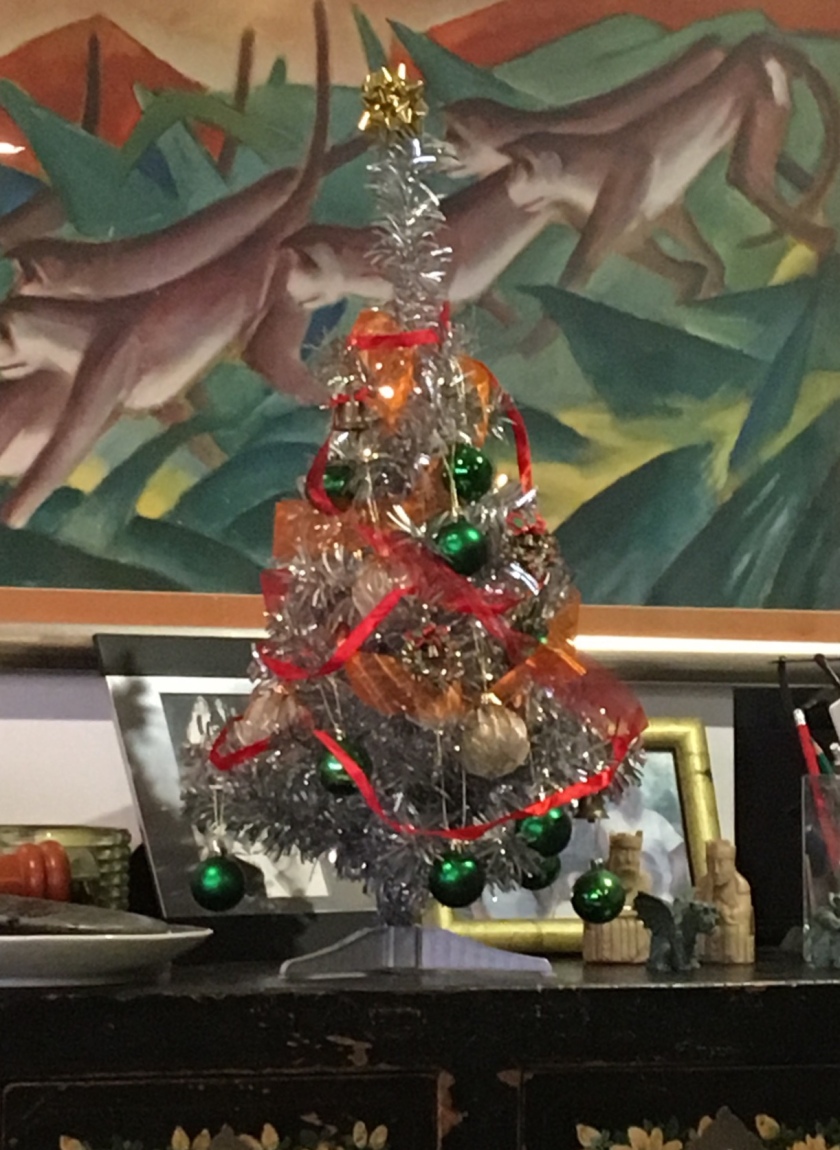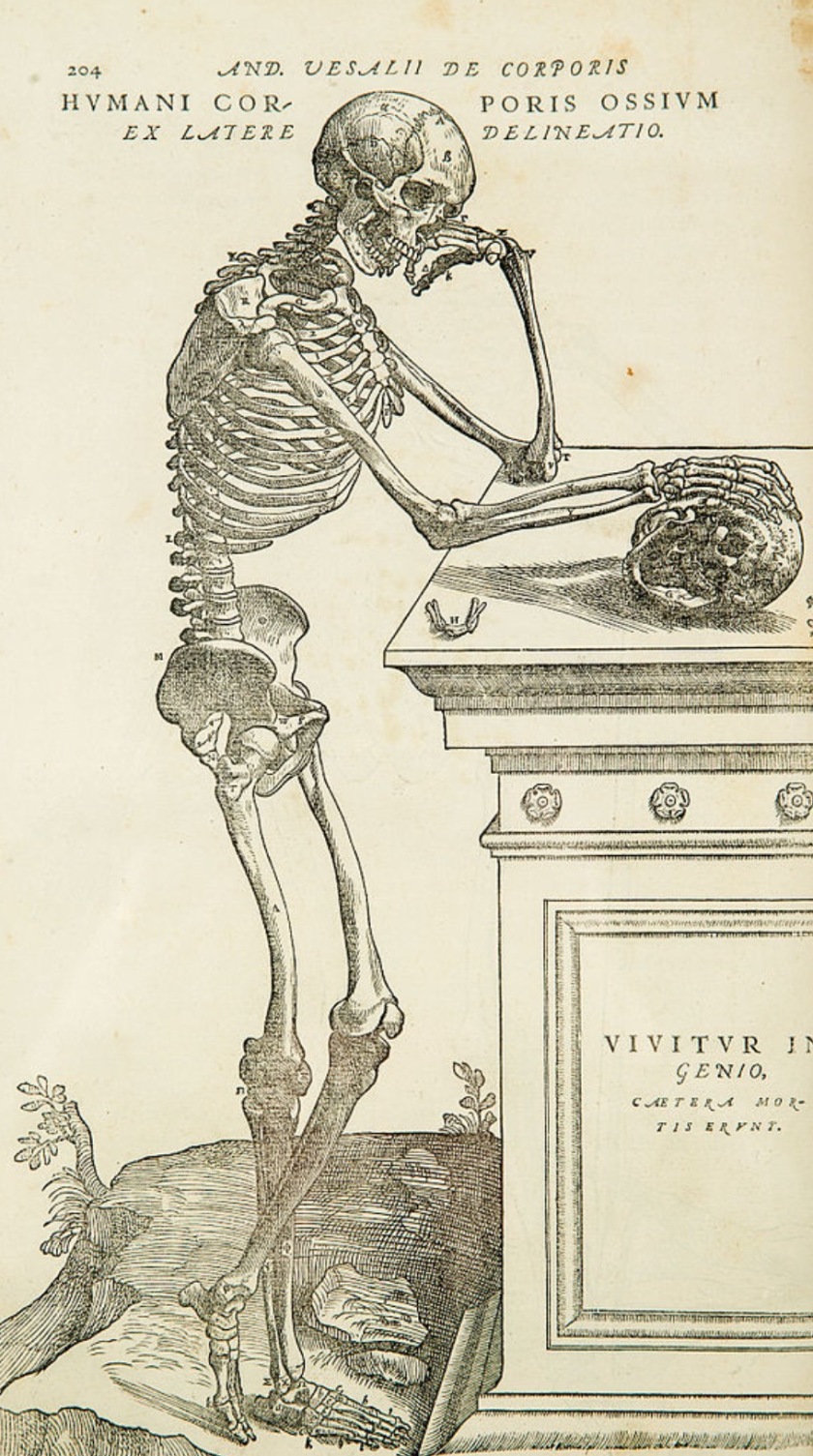
Still sorting through work from years ago. Those Dunedin days of young love were such a happy time. And I loved my job as a demonstrator in the stage one Zoo labs. This poem was a hark back to those days. I don’t have the souvenirs but I still have the man, and my hair doesn’t smell of formalin any more, though perhaps parts of me could have benefited from a touch of preservative. This poem dates from the same time as ‘The anatomy student’ that I posted a while back
The cranial nerves of the dogfish
Small grey bodies laid out in rows
the air acrid with preservative
today we examine the cranial nerves of the dogfish
late afternoon sun warms our backs
old window glass distorts
naked branches beyond
the advantage of a cartilaginous skeleton
is that the brain case can be gently
shaved off to expose the cranial nerves
I watch the dissections earnest students
intent on the display of the trigeminal
the facial the hypoglossal
Humans have the same nerves
but different functional emphasis
consider that large olfactory lobe
smell is the dominant way
dogfish sense their world
we sense ours by kissing
it facilitates mate selection
five cranial nerves in the human
are involved in a kiss
I touch in my pocket talismans
of the night before Green Island
bus tickets movie stubs two bottle caps
you wait for me
on the Zoo department steps
the sun sends long last shadows
down Great King Street
formalin taints my hair my clothes
perhaps it will preserve
the moment of our shared glance
for later display critique
our privileged neuronal network

 An old one ( this end of year’s tidying up is producing a lot of nearly-forgotten poems! I’ll have to post a new one soon)
An old one ( this end of year’s tidying up is producing a lot of nearly-forgotten poems! I’ll have to post a new one soon)





 My Lady Trigemina
My Lady Trigemina



